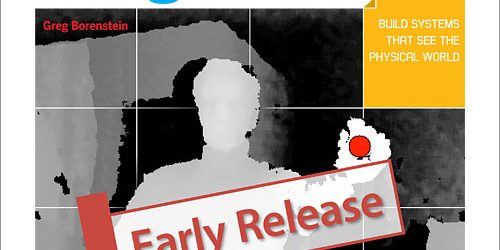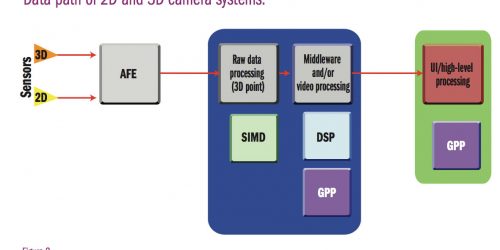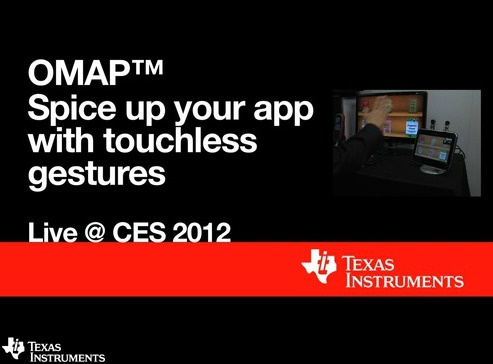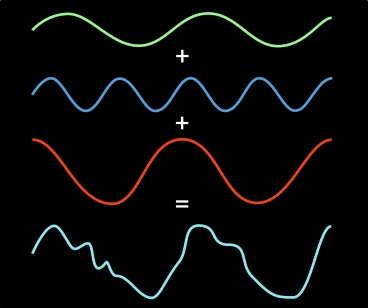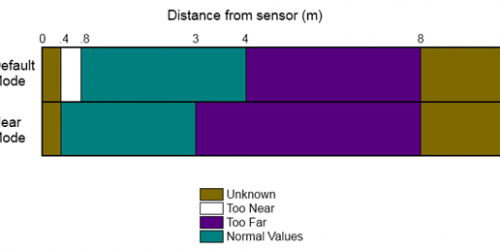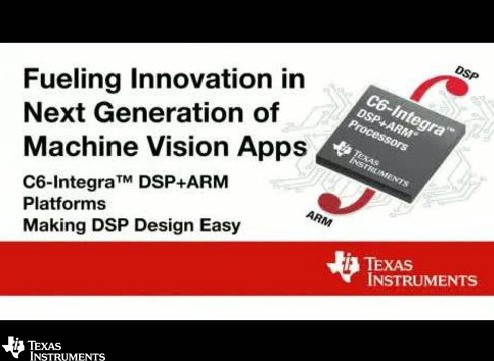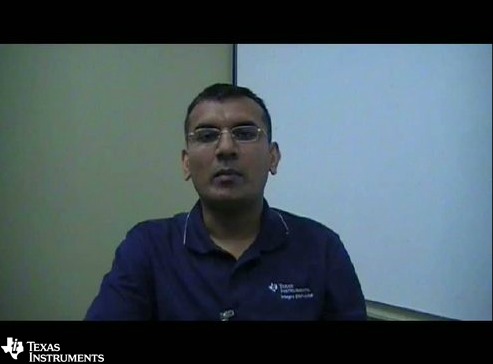Making Things See: New from O’Reilly
One of the to-date reliable observations which guides my professional life is that a technology has "made it" when O'Reilly Media decides to cover it. Not that any of us in the embedded vision industry had any doubts until now, mind you, but it's time to extend congratulations to the concept of hacking the Microsoft […]
Making Things See: New from O’Reilly Read More +

